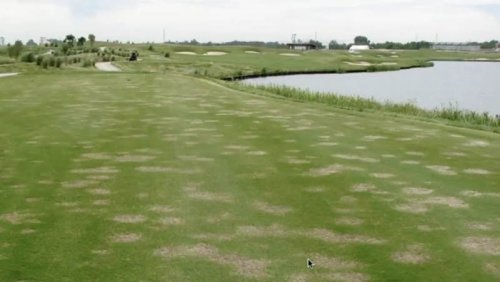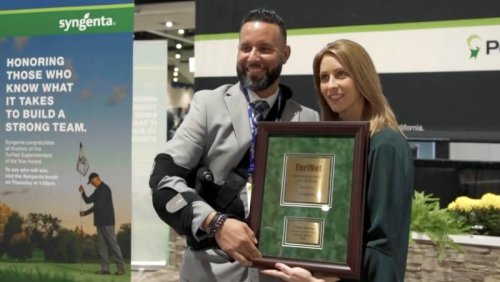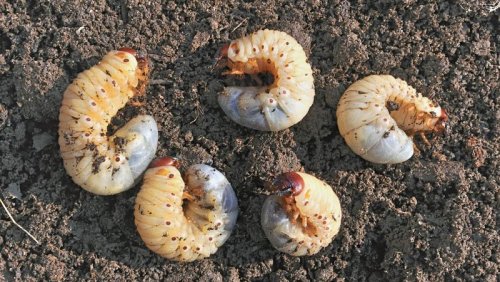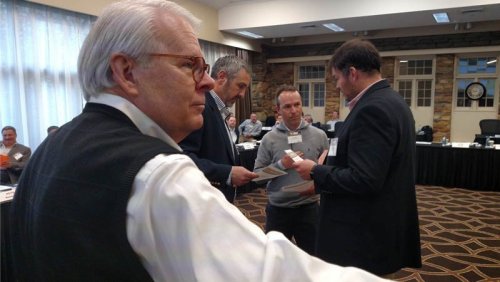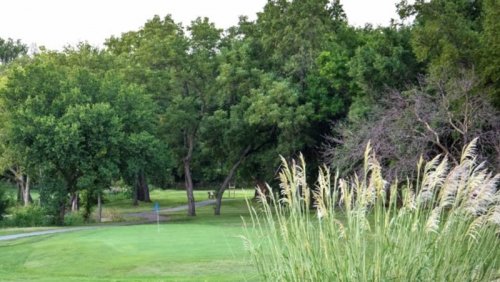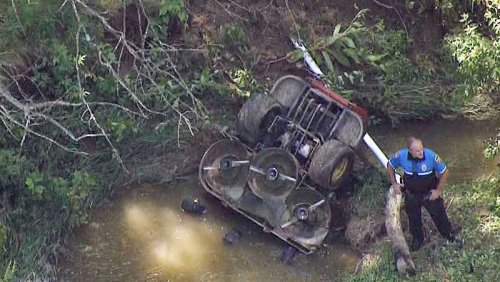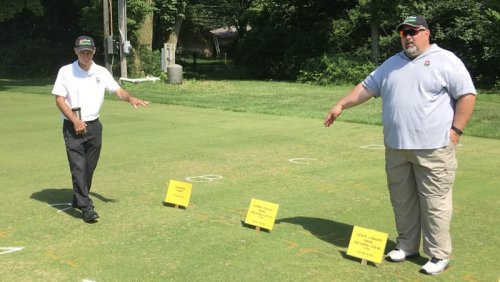

Watching DeChambeau take 2 minutes or more to study over numerous shots during the PGA Tour's Northern Trust Open, including an 8-foot putt on the eighth hole that he ultimately missed, was painful and frustrating. His actions showed a lack of regard for fellow Tour professionals, and listening to him rationalize slow play and even blame others, including caddies for walking too slowly between shots, was insulting.
Pros, including Justin Thomas, Paul Lawrie, Rich Beem and Eddie Pepperell, and the media erupted in outrage prompting DeChambeau to try to change his ways and the Tour to say it will take a look at slow play but stopping short of any punitive action.
The PGA Tour, PGA of America and the USGA, all have addressed the importance of pace of play for everyday golfers. But refusal to hold pros to the same standard is bad for the future of a game that is not exactly in the best of shape.
Whether golf at a snail's pace occurs on Sundays on network TV or down the street at the local course, slow play can be traced back to money.
It is maddening to watch and it is a blatant disregard for other PGA Tour players when DeChambeau stands over a putt for more than 2 minutes, or J.B. Holmes deliberates a shot for more than 4 minutes - with no action by the Tour. With the vast amounts of money to be made on the pro tour, it also is understandable why players agonize over a single shot. Still, it is unfair to others facing the same pressure and it is not entertaining, despite what DeChambeau says.
Golfers cognizant of their USGA index or stressing over a $5 Nassau are equally obsessive about their own slow-play transgressions, while expecting their three-putt partners to pick up and get out of the way as quickly as possible.
That's a problem.
For more than a decade, golf has been bleeding players and golf courses at a rate never before seen. Among the obstacles to attracting new players or getting those who already play to do so more often have been difficulty, cost and time. Lessons can help solve difficulty, and there are plenty of low-cost options available. But there is nothing that can help you affect those playing ahead of or with you.
For years, the USGA, PGA of America and PGA Tour have been at the center of industry-wide initiatives aimed at helping grow the game, and all have addressed the issue of pace of play with everyday golfers as it relates to growing the game.
Pace of play at the highest level has been a problem for years, as well. The Tour's response to finding a real solution to the pace of play issue is as slow as DeChambeau himself.
After the Northern Trust, the Tour has vowed to review its pace of play policy and even use its Shotlink technology to establish a pace of play report on all players, but stopped short of handing out stroke penalties for violators.
According to one PGA Tour official: "We are currently in the process of reviewing this aspect of pace of play and asking ourselves is there a better way to do it?"
Translation: "Do as I say, not as I do."
Golfers everywhere deserve better, and so does the game.
- Read more...
- 1,999 views


